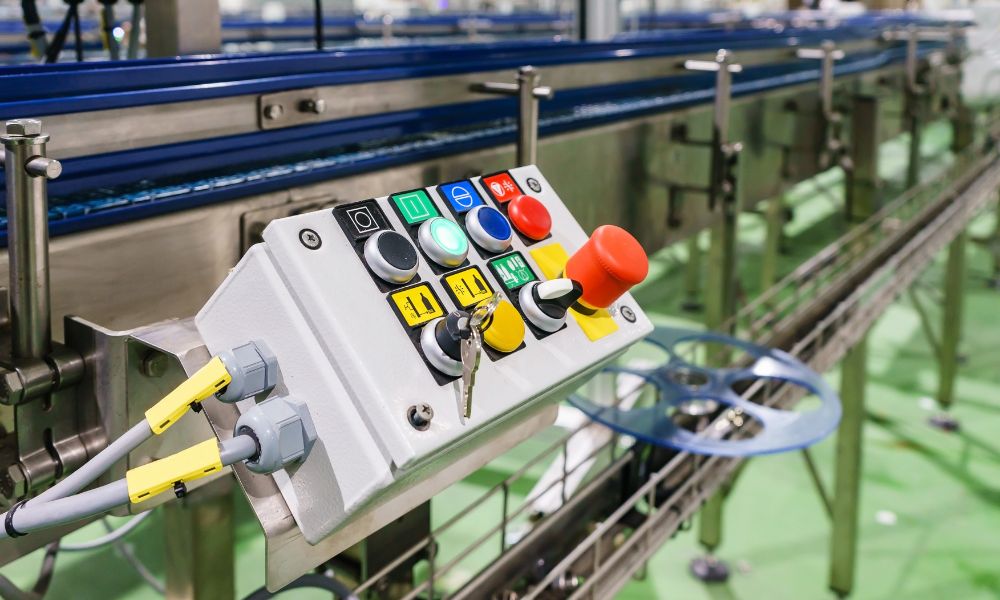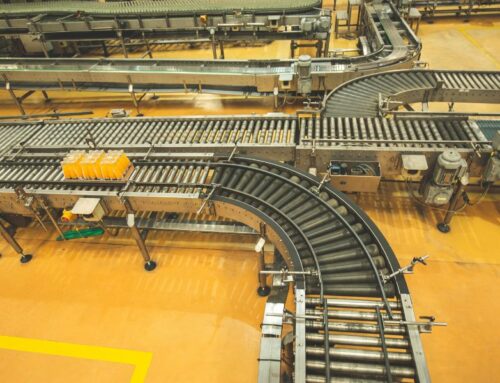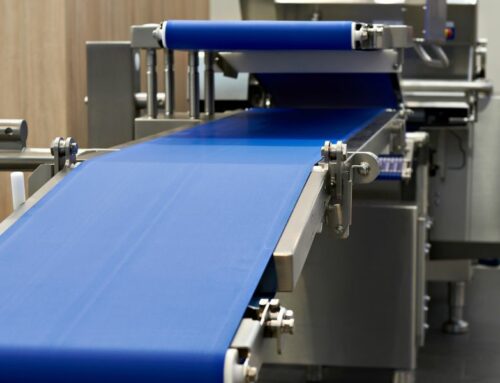
Sometimes, we’ll see a comedic portrayal in media of someone on a conveyor. It’s good for a laugh, but it’s not safe. Recognizing the do’s and don’ts of conveyor safety separates the rights and wrongdoings of working around these helpful pieces of equipment.
Do: Know Where the Emergency Buttons Are
Anybody who operates in a conveyor zone must know where the emergency buttons are. It’s paramount that employees know how and when to use them when they recognize a problem is on the horizon.
Don’t: Perform Repairs Unless It’s Disabled
Don’t perform any repairs until every component is disconnected or disabled. You don’t want the conveyor to start abruptly if maintenance is fixing something.
Do: Wear Fitted Clothing
One of the most prevalent conveyor-related injuries with potentially disastrous effects is workers wearing loose, ill-fitting clothing or accessories. Anyone who steps foot on the floor near a conveyor should understand the danger of baggy clothing, long, unkempt hair, and jewelry. Only wear the recommended materials that are in your employee’s handbook.
Don’t: Climb, Sit, or Ride on the Conveyor
It may seem obvious, yet individuals routinely disregard it, resulting in severe consequences. Workers must not treat the conveyor like a toy. Therefore, there should be no riding, walking, standing, or sitting, regardless of whether the conveyor is in motion. The purpose of a conveyor is to transport materials, not be a quick ride for a person.
Do: Let Professionally Trained Workers Handle the Maintenance
Only individuals with adequate training should operate and handle conveyor upkeep. This assures the safety of personnel and optimum conveyor functionality.
Don’t: Assume You Can Do It Yourself
Modifications to conveyor controls should never occur from untrained hands. Be cautious to check your controls to verify that no employee has misappropriated, altered, or deactivated them. Occasionally, workers might create suitable adjustments for a particular area or purpose, but potentially reduce workplace safety.
Ensure that everyone is aware that conveyor controls are normally part of a larger system, and that any modifications need management approval.
Do: Prioritize Safety
Any business that uses conveyors must provide personnel with safety training. The training regimen must include updated information and refresher sessions. Ingraining safety precautions into the mind of the workers makes safety protocols feel instinctive.
Don’t: Permit Bad Behavior
Even if it feels like you are going behind a co-worker’s back, reporting malicious behavior could prevent a catastrophe from happening. All personnel should receive training on potential dangers, and when to notify their superiors in case of an accident. A safe way to go about this is to permit anonymous messaging when something sketchy happens.
When you use a small inclined conveyor from Redline Systems, practice the do’s and don’ts of conveyor safety. Our C-series conveyor is perfect for excavation work in cramped quarters. Its durable belt will aid you in several projects, so contact Redline Systems today and let our 40 years of experience help you with all your conveyor needs.



